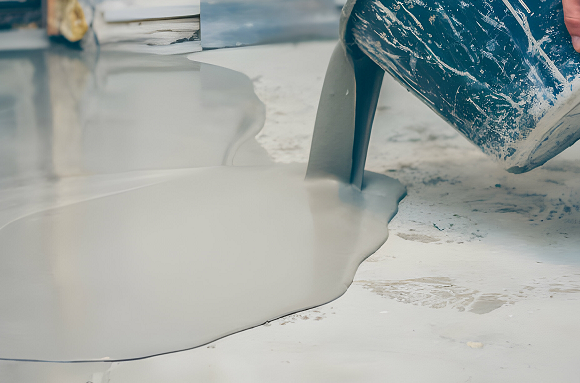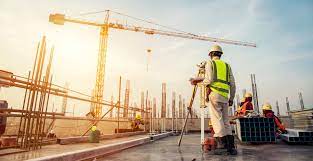Concrete floor leveling is a crucial step in the construction and renovation process, essential for creating smooth, even surfaces that serve as a foundation for various flooring materials. Whether in residential, commercial, or industrial settings, the importance of properly leveled concrete floors cannot be overstated. Let’s delve into the world of concrete floor leveling and explore the techniques, benefits, and significance of this essential construction practice.
Achieving Precision:
aklevelandpolish Concrete floor leveling is the process of correcting unevenness, dips, slopes, or imperfections in a concrete substrate to create a level surface. This precision work requires careful assessment of the existing floor conditions and strategic application of leveling compounds or techniques to achieve the desired result. Whether dealing with new construction or existing floors, skilled contractors employ a range of methods, including self-leveling compounds, laser-guided screeds, or traditional screeding techniques, to ensure that the final surface meets stringent quality standards.
Enhancing Structural Integrity:
Beyond aesthetics, proper concrete floor leveling contributes to the structural integrity and performance of the flooring system. Uneven or sloping floors can compromise the stability of structures, leading to issues such as cracked tiles, uneven wear on flooring materials, or even structural failure over time. By leveling the concrete substrate, contractors eliminate potential hazards and ensure that the flooring system functions optimally, providing a safe and stable environment for occupants.
Preparing for Flooring Installation:
Concrete floor leveling is a critical precursor to the installation of various flooring materials, including tile, hardwood, laminate, vinyl, or carpeting. Leveling the concrete substrate ensures proper adhesion and eliminates the risk of cracks, gaps, or unevenness that can compromise the integrity of the flooring installation. Additionally, a level surface facilitates efficient installation, reduces material waste, and enhances the aesthetic appeal of the finished floor.
Minimizing Costly Repairs:
Addressing uneven or sloping floors during the construction phase can help prevent costly repairs and renovations down the line. Neglecting to properly level concrete floors can lead to a host of issues, including premature wear and tear on flooring materials, increased maintenance costs, and potential safety hazards. By investing in concrete floor leveling upfront, property owners can avoid future headaches and expenses associated with remedial work, ultimately saving time, money, and resources in the long run.
Professional Expertise Matters:
While concrete floor leveling may seem straightforward, it is a specialized skill that requires expertise, experience, and precision. Skilled contractors possess the knowledge, tools, and techniques necessary to assess floor conditions accurately and execute leveling procedures effectively. Whether working on residential renovations, commercial projects, or industrial facilities, partnering with a reputable contractor ensures that concrete floor leveling is performed to the highest standards, resulting in superior outcomes and customer satisfaction.
Conclusion:
In conclusion, concrete floor leveling is an essential process that underpins the success and longevity of flooring installations in various environments. From ensuring structural integrity to preparing surfaces for flooring materials, the importance of properly leveled concrete floors cannot be overstated. By investing in professional concrete floor leveling services, property owners can achieve flawless surfaces, enhance safety, and minimize future maintenance costs, ultimately maximizing the value and functionality of their spaces.
895 Don Mills Rd. Suite 900, Toronto, ON M3C 1W3 Phone
+1 647 710-5034
https://aklevelandpolish.com/



